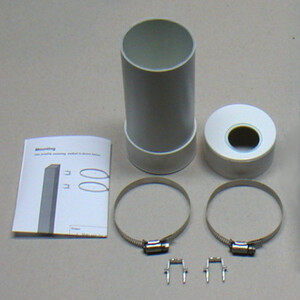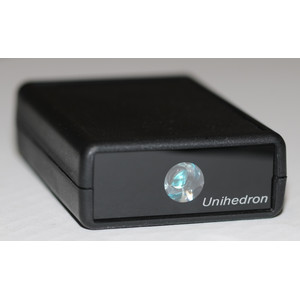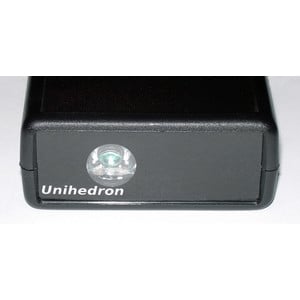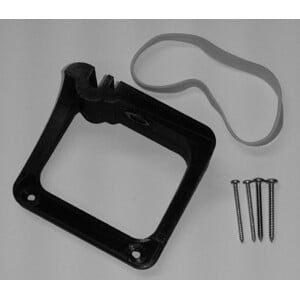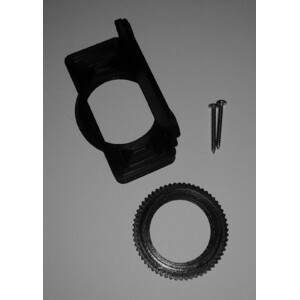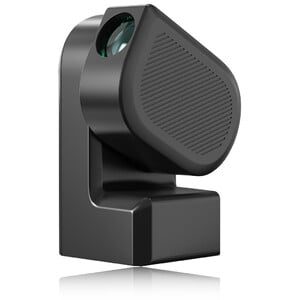Helaas is deze beschrijving nog niet in het Nederlands vertaald. U vindt hier dus een Engelse artikelbeschrijving.
Sky Quality Meter - Easy determination of the brightness of the night sky
Using the Sky Quality Meter, you can objectively determine the background brightness of the night sky in just a few seconds. This small device is lightweight and handy so that it fits into any pocket. You can easily compare different observing locations and find the best location for your astronomical observing.
An observer can only subjectively determine the limiting magnitude at an observing site. Experience, physical condition and eyesight can all influence the result.
The Sky Quality Meter is completely independent of these factors.
The Sky Quality Meter is basically a photometric instrument. Its built-in diode measures sky brightness and shows it in red numerals in mag / square arcsec on the display. After pressing the red button, the device completes a measurement within 8 seconds and emits a tone at intervals of one second. Measuring is carried out exclusively in the visible region of the spectrum. A reading of the temperature, in Celsius or Fahrenheit, is also provided.
In addition to measuring sky brightness for observing, the SQM can also be used for other projects. For example, you could document the changes in light pollution at a location over a period of time. And not only can observing locations can be compared, but variations in the quality of different nights at the same observing location can also be made.
Onze deskundige opmerking:
Helaas is deze beschrijving nog niet in het Nederlands vertaald. U vindt hier dus een Engelse artikelbeschrijving.
At last you can objectively determine sky quality
Where should you choose to observe from? Where it is particularly dark for observing or for astrophotography?
This is a major concern for us amateur astronomers. With the Sky Quality Meter (SQM), there is finally an objective instrument available. The press of a button allows you to see just how dark the sky is in about 8 seconds. With it held in your outstretched hand, simply point the device at the sky and you can start. Determining the limiting magnitude was never easier. We have tested this little device and are very impressed with its performance. You can use it for simply personally testing sky brightness, but it can also be used for projects such as documenting local changes in light pollution.
The SQM measures in magnitudes/square arc-second (MPSAS). You can convert this photometric value into the more common limiting magnitude.
A reading of about 20.8 equates to a very dark sky which is equivalent to a limiting magnitude of 6.
When taking measurements, it is better not to simply take the first measurement as a definitive value, but to perform several measurements and take an average.
(Marcus Schenk)
